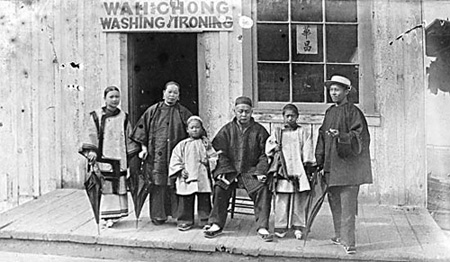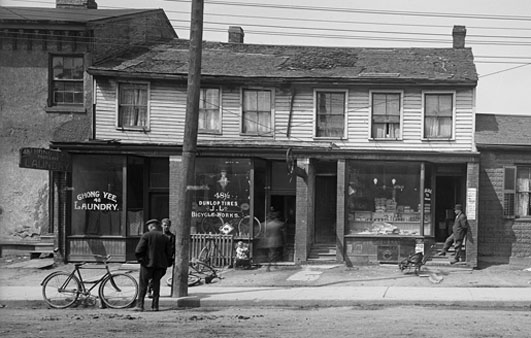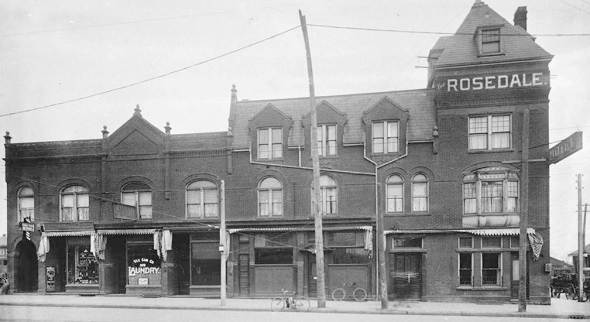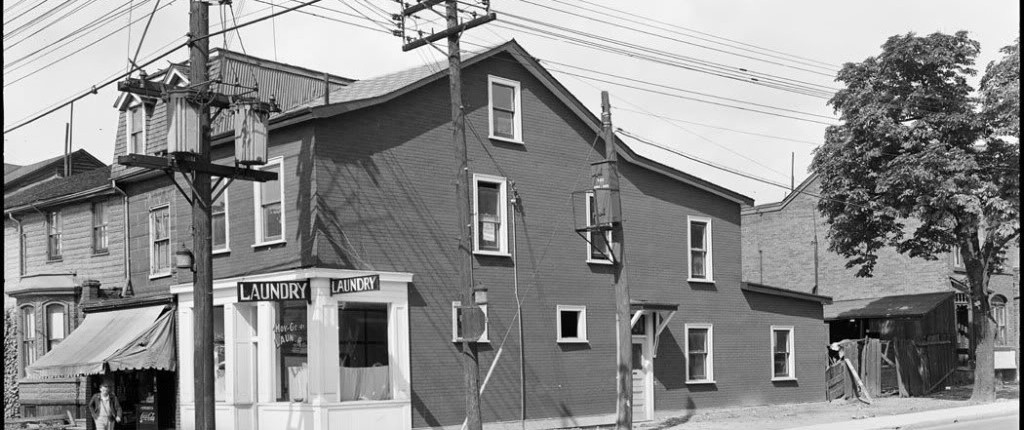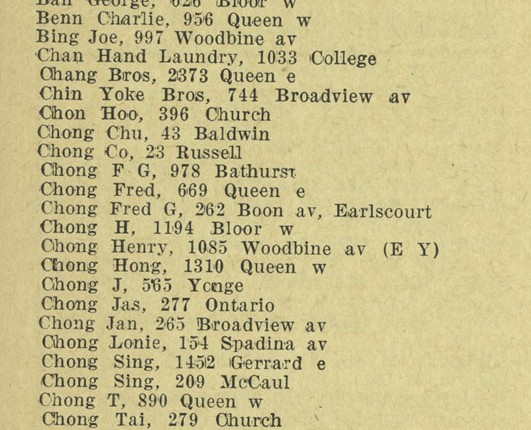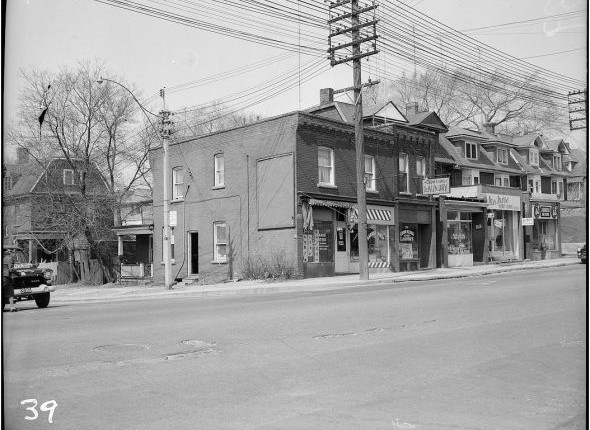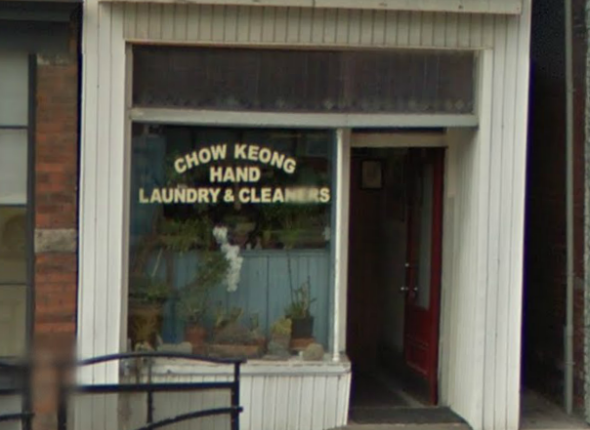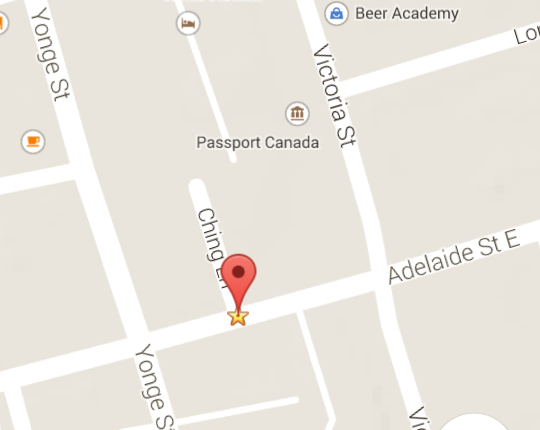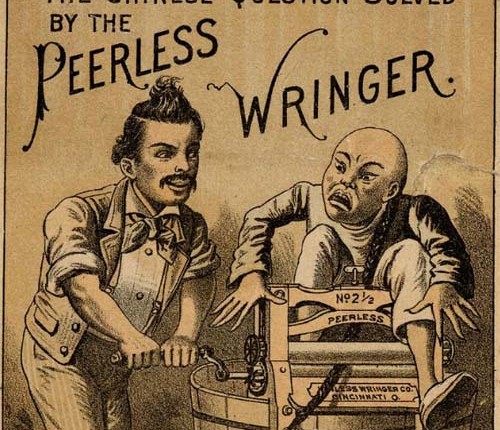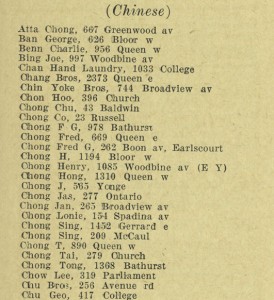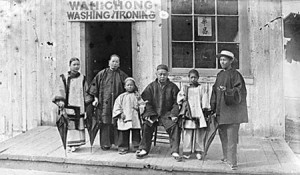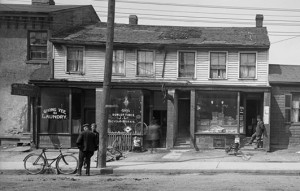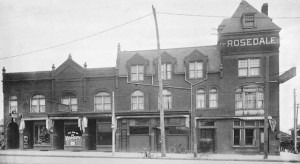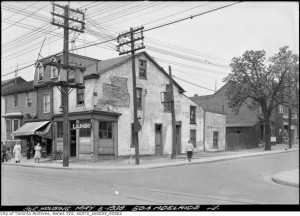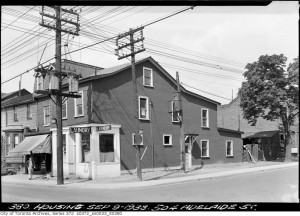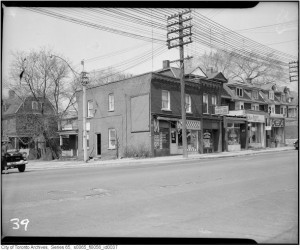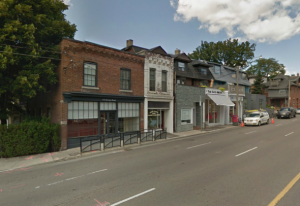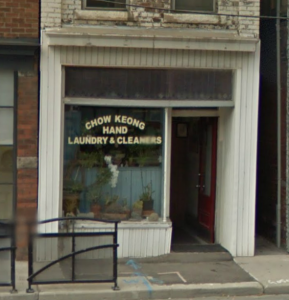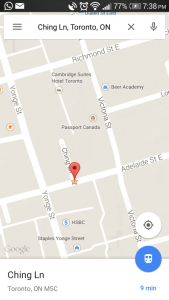After the Railroad...
After the Canadian Pacific railway was finished, thousands of workers were laid off and many returned to China due to lack of jobs. Some did not have the money to return to China and so they stayed to find any work they could. Chinese people were discriminated against because they would work at cheaper rates and most employers went for the cheaper labor. A head tax was implemented and subsequently raised to encourage the exclusion of Chinese people in Canada. The Chinese left British Colombia in large numbers and traveled east.
The Chinese eventually started businesses along the railway in small towns. These businesses were primarily restaurants and laundries.
Why Open a Laundry?
There was a huge demand of people needing the services of washing and ironing. No one else wanted to do this because it involved long hours and hard work with little returns. Since there was an opening many Chinese people took advantage. The business was inexpensive to start up in terms of equipment and supplies. Start up capital was around $500. Being your own boss means you can hire who you want and guarantee a means of support for your family; many Chinese people desired this.
Sam Ching; Laundry Man
Sam Ching was the first Chinese person known to become a resident in Toronto. He opened a laundry in 1878 located at 9 Adelaide Street East, close to the railway. Sam Ching was the beginning of an influx of businesses ( usually a laundry or a restaurant) opened and operated by Chinese persons in Toronto. In the city, Chinese laundries grew to around 471 shops in 1923.
Live and work, work and live...
This is an Elizabeth St. laundry and residence with the business on the first floor and the residence on the second. This style of housing/ business became customary for this time period (1912).
However, some did not have this luxury of a residence upstairs. Laundry man Mr. Ho Lin-chong recalled working in his father’s laundry in Ottawa and living as frugally as possible in order to send money to his family in China. He stated that they did not rent a room to live in, but both he and his father slept under the ironing table in the shop and ate really cheap food.
Decline
In 1923, there were 471 Chinese laundries in Toronto. The Stock market crash of 1929 had an impact on all businesses, laundries were no exception. There was a decline from 471 to 355; a loss of 116 laundries. Chinese businesses began to stabilize in the late 1930’s and into the 40’s
In 1943 there were 316 laundries in Toronto.
Stabilization
The years immediately following the great depression were hard on folks. However, above are two pictures depicting the same plot of land in the same year with just months apart. This is an example of businesses becoming stable again after a period of time. There was renovating from the late 30’s into the 40’s. The laundry and residence went from looking decrepit in May to a very noticeable face lift in September.
Endurance
Chow Keong came to Canada in 1921 and worked in a laundry at the young age of 14. In 1946 he opened his own laundry on Avenue Road.
As of November 2013, the business still endures. Here are recent pictures of the outside.
Recognition
Lane 5, North of Adelaide just east of Yonge was named Ching Lane to commemorate Sam Ching as the first Chinese person to own a business in Toronto. In 1878 Sam Ching was the first Chinese person listed in the city’s directory. Below is a screen shot of Ching Lane from google maps.
Conclusion
Despite the blatant racism often associated (and continually perpetuated) with the Chinese laundry, laundry men endured.
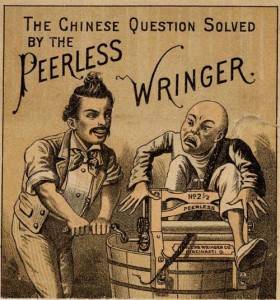
Ad Depicting Chinese Laundry Man Against White Competition (Peerless Wringer)
Source: A Visual History of Chinese Laundries in Social Culture
Through hard labor and weathering many acts of stereotypical depiction and cruelty, the Chinese in Canada made the hand laundry a humble, honest source of income that could be garnered and maintained for generations. Through this system of hard work and remittance, they demonstrated the value of family and perseverance, cultivating a strong legacy.
Works Cited
After photograph of Chow Keong Laundry 1. Comp. Jeff Low. 2011. Photograph. Urban Toronto. Chart Communications Inc., 2 May 2012. Web. 26 Mar. 2015.
After photograph of Chow Keong Laundry 2. Comp. Jeff Low. 2011. Photograph. Urban Toronto. Chart Communications Inc., 2 May 2012. Web. 26 Mar. 2015.
“Anti-Chinese Ad for Peerless Wringer Washer.” Comp. Mary Marlowe Leverette. N.d. Advertisement. A Visual History of Chinese Laundries in Social Culture. About.com, n.d. Web. 16 July 2015.
Before photograph of Chow Keong Laundry. 1959. City of Toronto Archives, Toronto. Urban Toronto. Web. 26 Mar. 2015.
Chan, Arlene. The Chinese Community in Toronto: Then and Now. Toronto: Dundurn, 2013. Print.
“Chinese History in Toronto.” City of Toronto Archives. City of Toronto Archives, n.d. Web. 7 Feb. 2015.
Chinese laundries listed separately in City Directory (series 1256, item 78, page 2345). 1932. City of Toronto Archives, Toronto. City of Toronto Archives. Web. 7 Feb. 2015.
“Ching Lane, Toronto, ON.” Map. Google Maps. Google, n.d. Web. 12 July 2015.
“Enduring Hardship- Chinese Hand Laundry.” Canadian Museum of History. Canadian Museum of History, n.d. Web. 26 Mar. 2015.
Family in front of Wah Chong Washing and Ironing. 1895. City of Vancouver Archives, Vancouver. The Canadian Encyclopedia. Web. 16 July 2015.
Hoe, Ban Seng. Enduring Hardship; The Chinese Laundry in Canada. Ottawa: Canadian Museum of Civilization, 2003. Print.
Laundry and residence on Adelaide Street after renovation. 1938. City of Toronto Archives, Toronto. City of Toronto Archives. Web. 16 July 2015.
Laundry and residence on Adelaide Street before renovation. 1938. City of Toronto Archives, Toronto. City of Toronto Archives. Web. 16 July 2015.
Mr. Lee Hong’s laundry at 48 Elizabeth Street (series 372, sub-series 55, item 43). 1912. City of Toronto Archives, Toronto. City of Toronto Archives. Web. 16 July 2015.
“Naming Our Lanes.” St. Lawrence Neighbourhood Association. St. Lawrence Neighbourhood Association, 19 Feb. 2015. Web. 28 Mar. 2015.
Rosedale Hotel Chinese laundry location. Comp. John Chuckman. 1914. Photograph. Chuckman’s Photos on WordPress. WordPress, 4 Aug. 2011. Web. 20 Mar. 2015.
Author’s Notes
Roxanne Frazer is a second year English student at Ryerson University. She participates in the English Course Union, is a part of the executive committee for the Ryerson Catholics and does improv in her spare time. She is a Jamaican immigrant.

